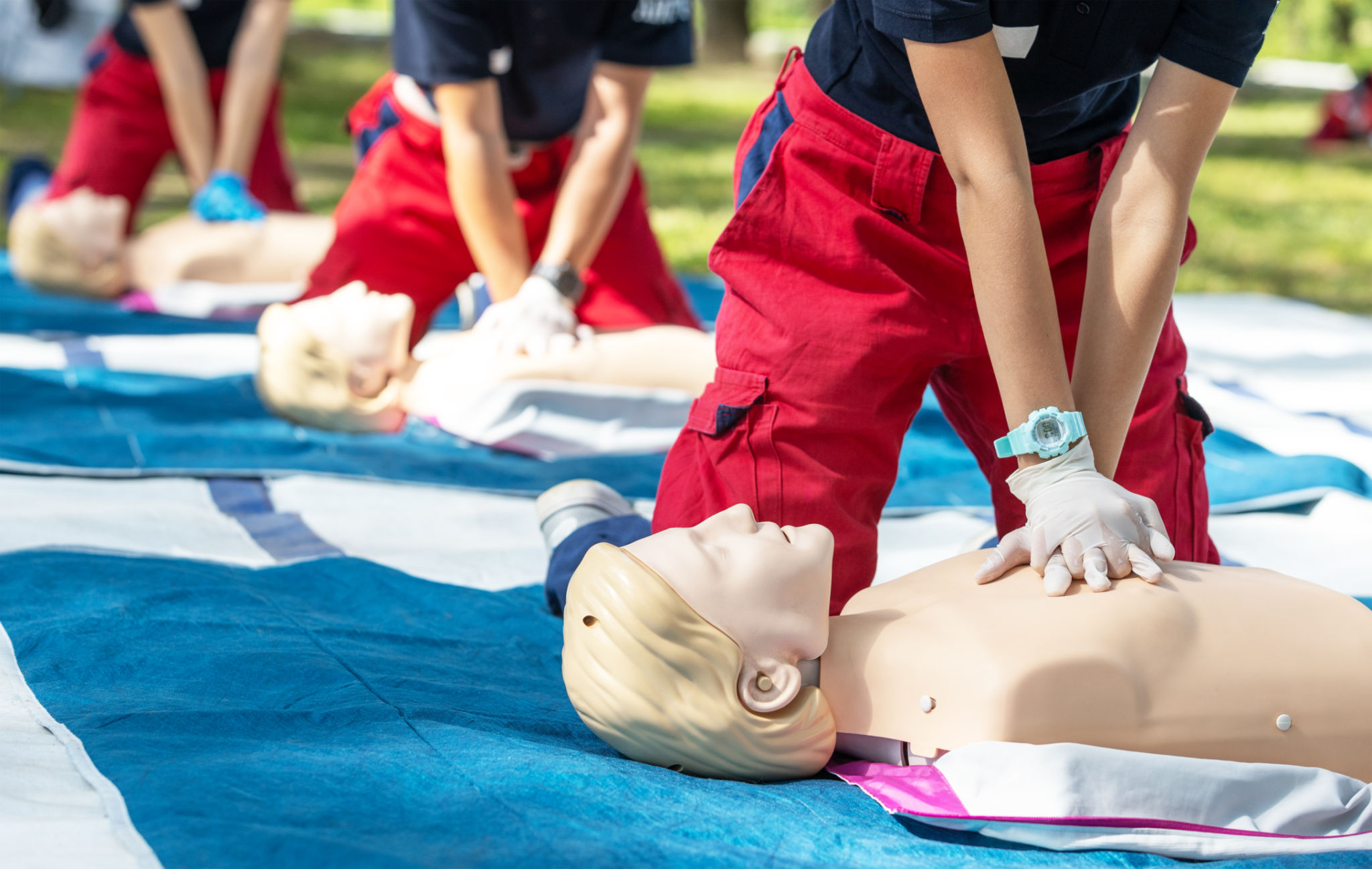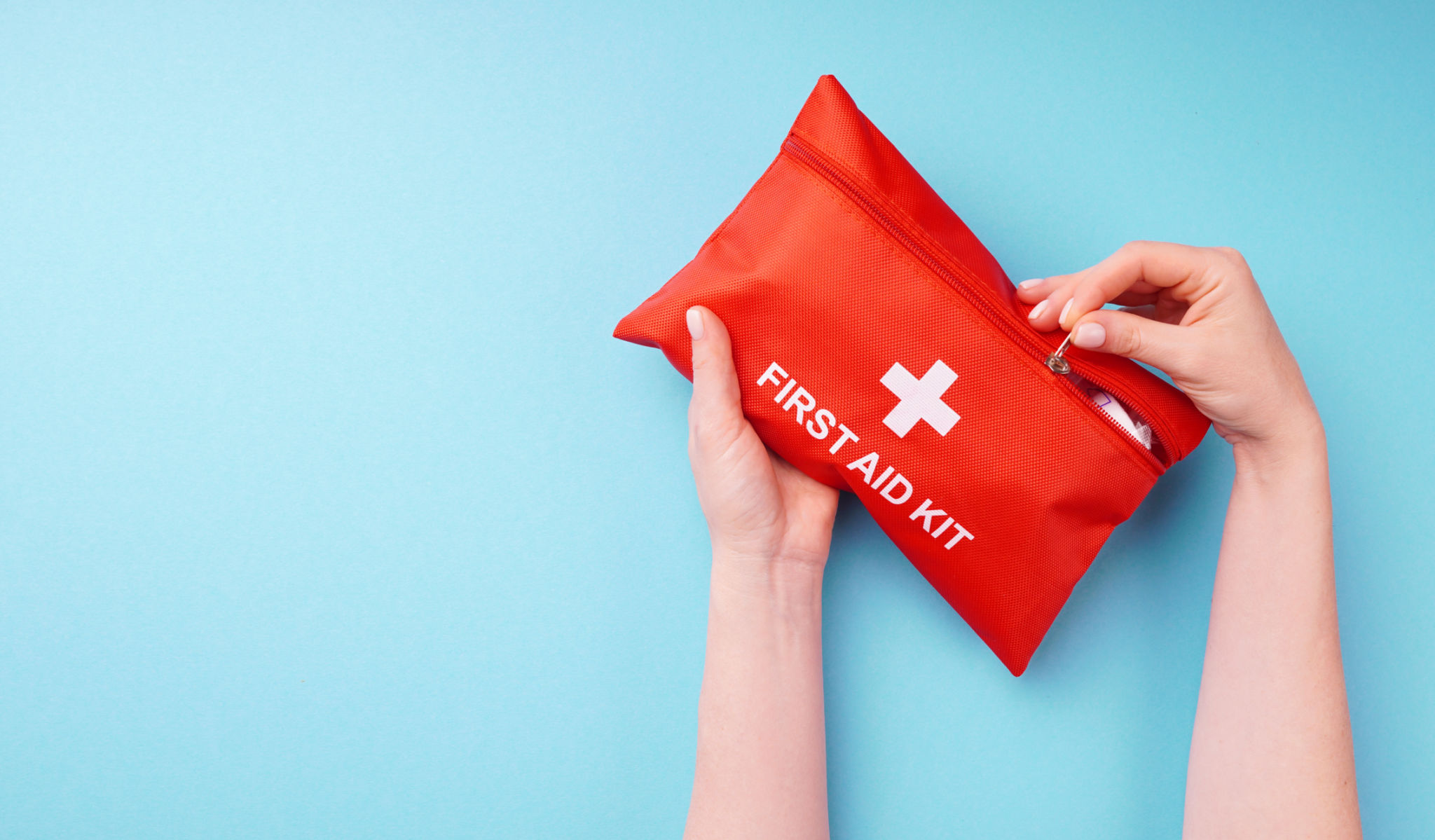Debunking Common Myths About CPR and First Aid
Understanding CPR and First Aid
Cardiopulmonary resuscitation (CPR) and first aid are essential skills that can save lives. However, there are several misconceptions surrounding these practices that often deter people from learning or performing them. In this blog post, we aim to debunk some of the most common myths about CPR and first aid, empowering you with accurate information.

Myth 1: CPR is Only for Medical Professionals
One prevalent myth is that only medical professionals can perform CPR effectively. In reality, anyone can and should learn CPR. Bystander CPR can double or even triple a victim's chance of survival after cardiac arrest. Many organizations offer CPR certification courses for the general public, making it accessible for everyone.
Understanding the basics of CPR, such as chest compressions and rescue breaths, is crucial in emergency situations. Remember, your actions can make a significant difference when immediate medical assistance is not available.
Myth 2: You Can Hurt Someone by Doing CPR
Many people fear that performing CPR might harm the victim. While it's possible to cause minor injuries like broken ribs, the risk of not performing CPR on someone who needs it is far greater. The primary goal of CPR is to maintain blood flow to vital organs until professional help arrives.

It's important to focus on the potential benefits rather than the risks. If you are unsure about performing CPR, remember that doing something is better than doing nothing at all. Most emergency responders will correct any mistakes upon arrival.
Myth 3: First Aid Isn’t Necessary for Minor Injuries
Another common misconception is that first aid is only necessary for severe injuries. However, providing first aid for minor injuries can prevent complications and promote faster healing. For example, cleaning a small wound properly can reduce the risk of infection.
- Apply pressure to stop bleeding
- Clean wounds with water or antiseptic solution
- Cover with a sterile bandage
Learning basic first aid techniques equips you to handle minor injuries effectively and provides peace of mind.

Myth 4: You Don’t Need to Call 911 if You’re Performing CPR
A vital aspect of first aid and CPR is understanding when to call emergency services. Even if you are performing CPR, it is crucial to call 911 or have someone else do it immediately. Professional medical care is essential for treating the underlying cause of cardiac arrest or other medical emergencies.
CPR is a temporary measure that keeps blood circulating until advanced care arrives. Emergency responders are trained to provide necessary interventions and transport patients to the hospital for further treatment.
The Importance of Education and Training
Debunking these myths highlights the importance of education and training in CPR and first aid. By dispelling misconceptions, we encourage more people to become certified and feel confident in their ability to help others during emergencies.
Consider enrolling in a local CPR and first aid course today. Not only will this empower you with life-saving skills, but it will also contribute to building a safer community for everyone.